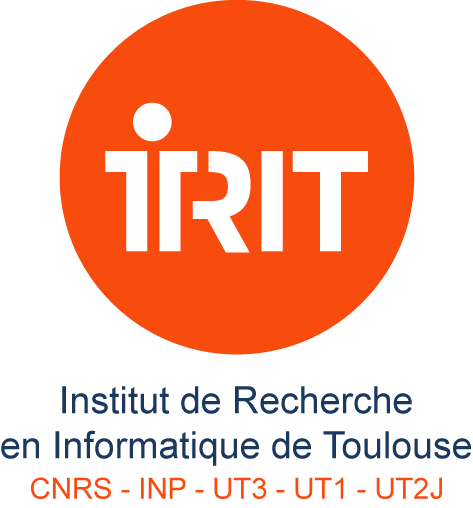Our chair on large random tensors was selected for ANITI 2.0!
I’m excited to announce that our chair titled “LArge Tensors for daTa analysIs and maChine lEarning” (LATTICE) was selected for the second version of ANITI, the AI institute of Toulouse. It will thus be part of ANITI’s proposal for setting up an AI cluster in Toulouse, in the sense of the currently open AnR call.
This chair, held by myself (as the PI) and Xiaoyi Mai of IMT (as a co-chair), is devoted to the study of large random tensor models, their estimation, and their application to (unsupervised) machine learning. An abstract is available at ANITI’s website, along with a list of all the other selected chairs.
More info on that will be available later this year.

